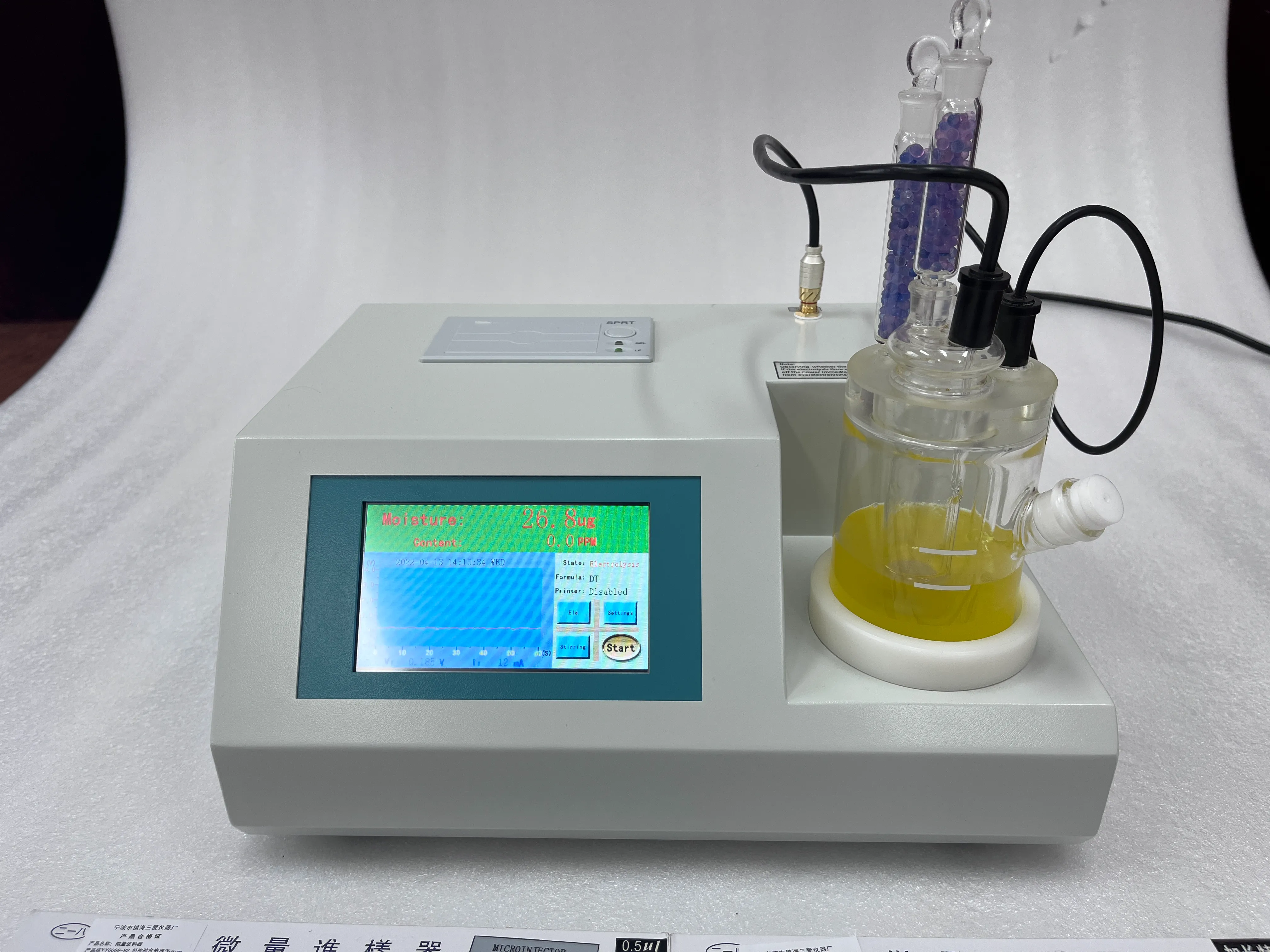 English
English


Assessing the Insulation Properties of Transformer Oil Through Dielectric Strength Testing Techniques
Measuring the Dielectric Strength of Transformer Oil
Transformer oil, also known as insulating oil, plays a critical role in the operation of electrical transformers and equipment. Its primary function is to insulate the internal components of the transformer, while also facilitating the dissipation of heat generated during electrical operations. One of the key properties of transformer oil is its dielectric strength, which refers to the maximum electric field strength that the oil can withstand without experiencing breakdown. Measuring the dielectric strength of transformer oil is vital for ensuring the reliability and safety of electrical systems.
The Importance of Dielectric Strength
Dielectric strength is crucial for operational safety in transformers. A low dielectric strength can lead to electrical breakdown, resulting in arcing and short circuits, which can cause severe damage to the transformer and disrupt power supply. Regularly assessing the dielectric strength of transformer oil helps in monitoring the oil's condition, detecting degradation, and ensuring that it meets the required industry standards.
Factors Affecting Dielectric Strength
Several factors influence the dielectric strength of transformer oil. First, impurities such as water, dirt, and other particulate matter can significantly decrease dielectric strength. Water in particular, being a polar material, can lead to reductions in the oil's insulating capability. Similarly, oxidation products from aging oil can form acids and sludge that impair electrical properties. Additionally, temperature can affect measurements, as dielectrics tend to behave differently at various temperatures.
Measuring Protocols
To measure the dielectric strength of transformer oil, standard methods such as ASTM D1816 or IEC 60156 are typically employed. These tests involve applying a voltage across two electrodes submerged in the oil sample until breakdown occurs. The setup generally involves a cup or cylinder filled with oil, with two metal electrodes placed a specific distance apart. The voltage is increased gradually until the oil fails, and the voltage at which breakdown occurs is recorded as the dielectric strength.
to measure the dielectric strength of transformer oil

There are primarily two methods for conducting these tests the AC (Alternating Current) method and the DC (Direct Current) method. The AC method is more commonly used due to its ability to simulate real operational conditions. The DC method, while less frequent, can assist in understanding the oil’s performance under different circumstances.
Interpretation of Results
The resulting dielectric strength value, typically expressed in kilovolts per millimeter (kV/mm), is compared against industry standards. For new transformer oil, the dielectric strength at room temperature usually exceeds 30 kV/mm, although this figure can vary based on oil formulation and specific operational contexts. A dielectric strength below 20 kV/mm often necessitates further investigation and possibly replacement of the oil to ensure operational safety.
Regular Testing and Maintenance
To maintain optimal functioning of transformers, organizations are encouraged to implement regular testing schedules for transformer oil, including dielectric strength assessments. These tests not only facilitate predictive maintenance but also help in complying with regulatory standards and ensuring high reliability levels in electrical systems.
Conclusion
In conclusion, measuring the dielectric strength of transformer oil is a critical procedure that ensures the safe operation of electrical transformers. By understanding this property and conducting regular tests, utilities and industries can mitigate the risks of electrical failures and enhance the longevity of their equipment. As electrical demands increase worldwide, the importance of monitoring insulating materials like transformer oil will only continue to grow, making it an essential practice in the field of electrical engineering.
-
Differences between open cup flash point tester and closed cup flash point testerNewsOct.31,2024
-
The Reliable Load Tap ChangerNewsOct.23,2024
-
The Essential Guide to Hipot TestersNewsOct.23,2024
-
The Digital Insulation TesterNewsOct.23,2024
-
The Best Earth Loop Impedance Tester for SaleNewsOct.23,2024
-
Tan Delta Tester--The Essential Tool for Electrical Insulation TestingNewsOct.23,2024





